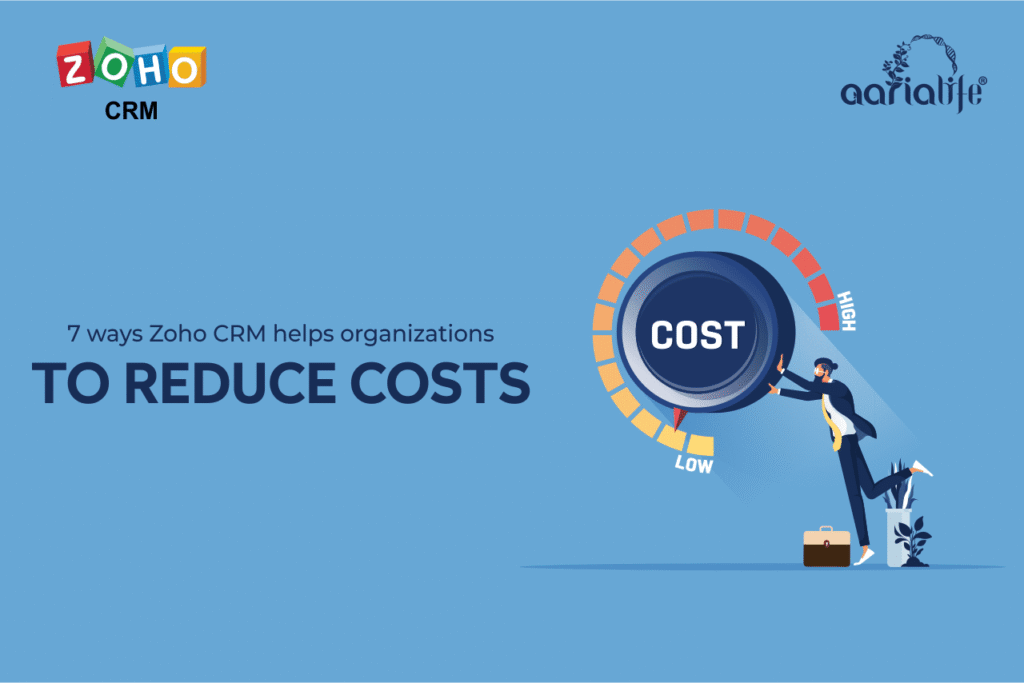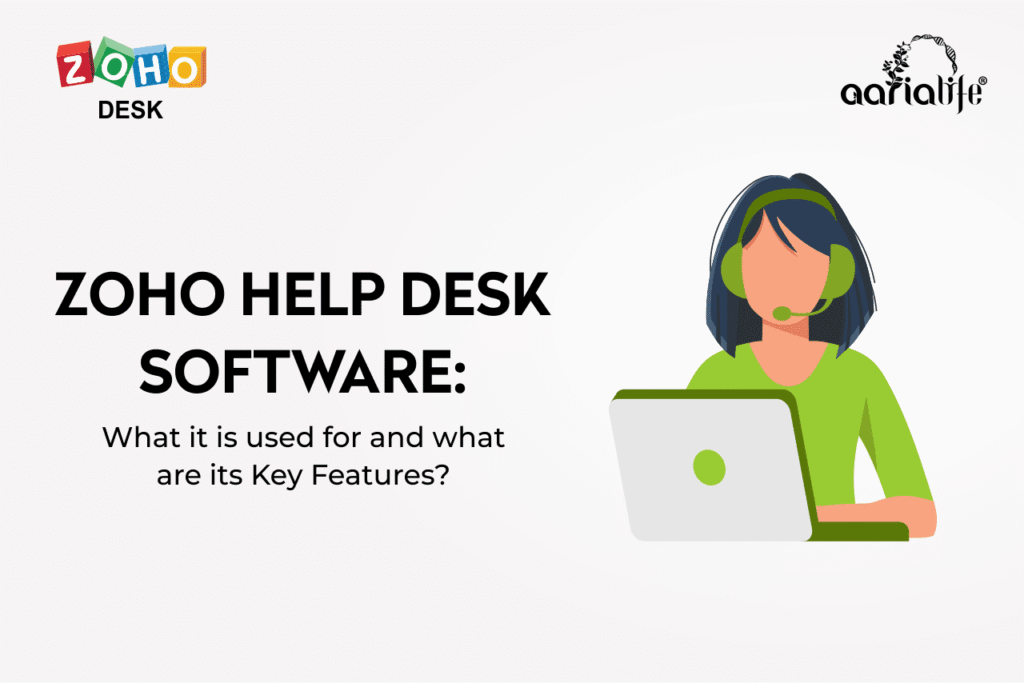From being a simple cloud-based financial management system to a cross-functional, cross-departmental integrated enterprise management system, NetSuite has come a long way. The complexities which can be managed with NetSuite across businesses of an enterprise only limited to your imagination. Having said that, a successful implementation can be only achieved if things are planned the right way.
Here are “5 Must-DO Steps” which will help you with a successful NetSuite ERP implementation.
1. Know your challenges. (What are your business problems?)
NetSuite (Or most of the ERP’s for that matter) provide solutions to many problems across the organization but it is really important to identify your most important problems first. Being focused to solve your most important organizational challenges helps you define an objective to implement an ERP system like NetSuite. You would need to define what is the output you need, what are the Key Performance indicators you are looking at and this need not just be with respect to the present but also the future. This will allow you to factor in scalability while you implement the system.
2. Form a team & control your scope.
It is important to have a team that looks after the implementation. It is not just the Implementation partner but also your team’s responsibility to implement the system.
A typical team would consist of an Executive Sponsor, Project Manager, Core team, and an extended team.
While you start your process of Implementation, you would need to have a definite scope. and this scope needs to be then controlled by your project manager. Keeping the scope target moving will only lead to a failed implementation. Once a scope is defined and all the members of the core team agree to it, any new features which are requested should be treated as an extension of the project and should be taken up only once the currently defined scope is successfully implemented.
3. Where is my data? Keep your data ready for migration to the new system.
Once the configuration is completed by your Implementation partner and the system is ready you would need your historical data to be migrated to the ERP system. Having Historical data allows you to have analytics and reporting on day one while you go live with the system. It is recommended that you have at least one year data migrated to the system (Unless you want to start fresh).
Ideally, the implementation partner would provide you with the templates to capture your data and they would migrate it to the system. It is your responsibility to give them clean data so it makes sense once it gets into the system. Remember, it’s always Garbage in garbage out.
4. Remember to scope your customizations.
It is always recommended to avoid customizations but it never happens that way. each company has it’s own business processes and customizations are somewhat an integral part of your implementation lifecycle. While you define the scope of implementation, it is crucial to define your customization scope. You should also want to keep a track of what all customizations are planned and executed while the implementation happens. It is strongly recommended that you use a change management system so all the customizations can be tracked for future reference.
5. Organizational change management is the key to adoption.
Your employees would be accustomed to the current business processes, the way things operate and the user interfaces. Having a new system like NetSuite in place would mean a lot of changes in the way your employees do day to day operations. Any change implies resistance (this is human). It is important to keep your users educated on how the new system like NetSuite would benefit them as users and also benefit as the organization as a whole. Change would be there for everyone and communicating this positively would allow better adoption by the users. Building your employees confidence to use the system would be the most important step to a successful Implementation.
If you have any thoughts, feel free to drop a comment below.



